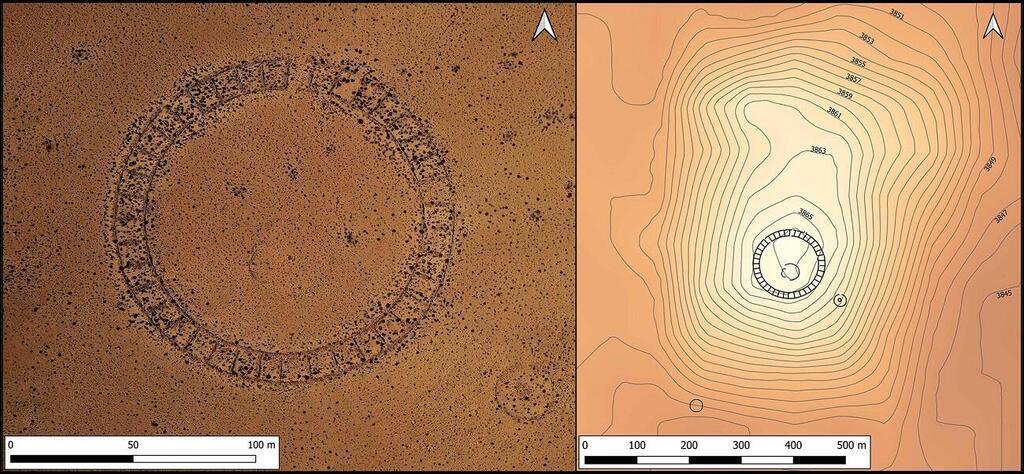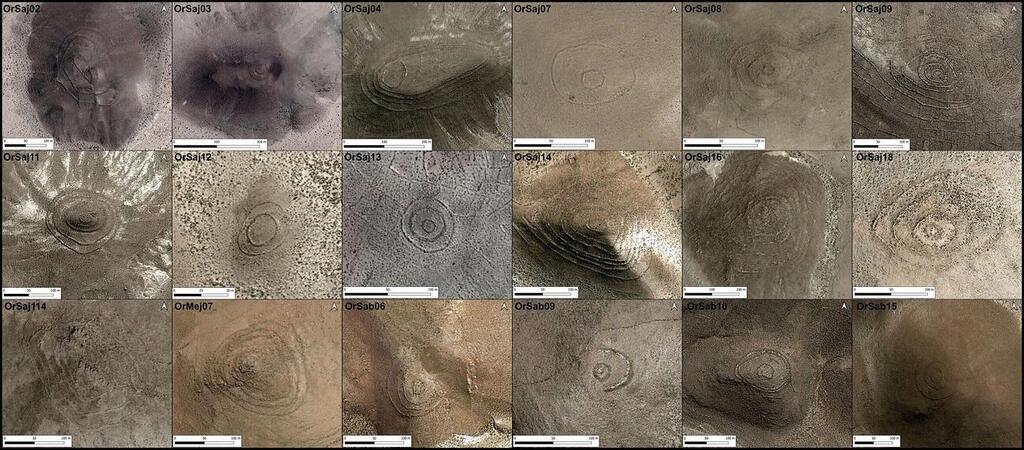Getting your Trinity Audio player ready...
Bolivian archaeologists have recently made a remarkable discovery of more than a hundred pre-Hispanic ritual sites, which they have linked to the practices of ancient Andean cults. Among these sites, one has particularly captured their attention.
More stories:
The region of ancient Bolivia is renowned for its grand architecture, exemplified by the Tiwanaku archaeological site. This site is located roughly 15 km away from Lake Titicaca and is famous for the impressive Gate of the Sun, as well as the Acafana Pyramid and Puma Ponco, all constructed between 500 and 1000 AD.
The Bolivian archaeological sites discovered by the research team are comprised of concentric circles of stone walls, constructed atop hills and primarily using local materials.
Multiple circles were present in most of the 135 identified sites, all of which are dated to the period between 1250 and 1600 AD, a time when the Inca civilization was expanding southward.
The researchers observed that the sites contained numerous ceramic fragments that likely once formed plates, jars or bowls. This discovery led the team to conclude that the sites were likely used for religious and ritualistic purposes.
Among the sites discovered, the research team singled out Waskiri due to its distinctive size and intricate design. This site spanned 140 meters in diameter and featured two concentric circular walls, with one slightly smaller than the other.
The circular structure was divided into 39 segments and contained numerous ceramic fragments, including within its central one-acre square.
The researchers hypothesized that the circular designs of the discovered sites could have been influenced by the Inca culture, potentially serving as a form of worship for ancient Andean sects who venerated the sun.
Additionally, the researchers noted that the sites are a promising research area that has gone uncharted due to the challenging and frigid climate of the region.
According to the researchers, this discovery is noteworthy for its contribution to our understanding of the religious customs of the ancient Andean people, who were renowned for their advanced knowledge in fields such as astronomy, agriculture, and architecture. The discovered sites also offer valuable insights into the social and political structures of these societies.
The identification of these pre-Hispanic religious sites represents a significant milestone in the study of the Bolivian Andean cultures that thrived in the past. It serves as a reminder of the region's diverse and illustrious history and emphasizes the importance of conserving and researching its cultural legacy.



